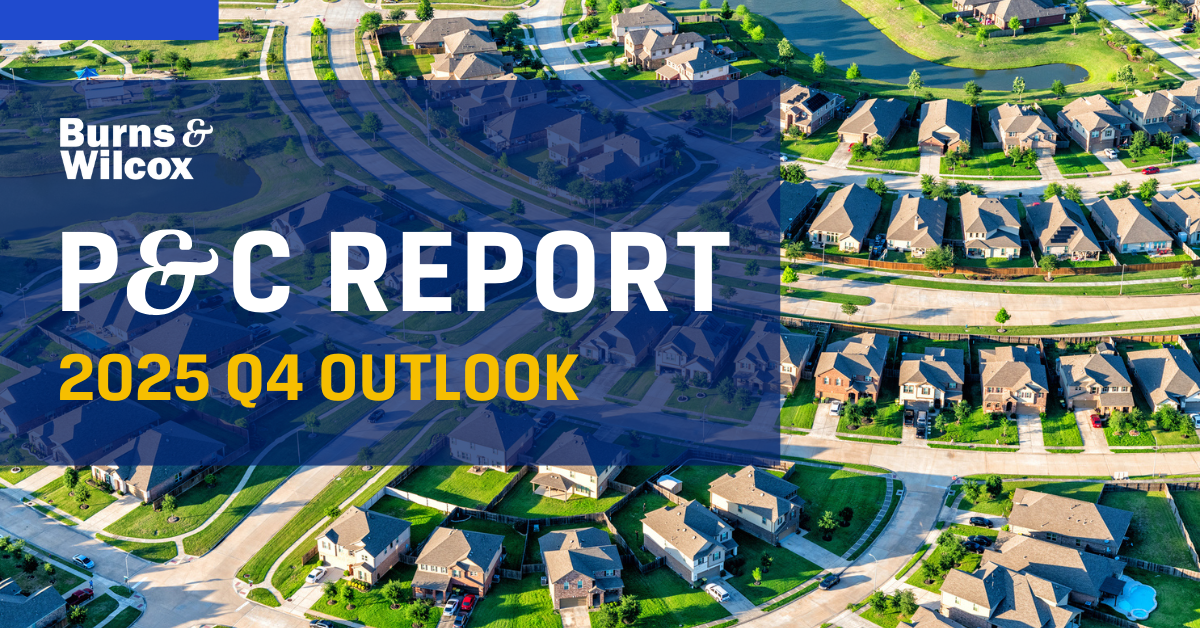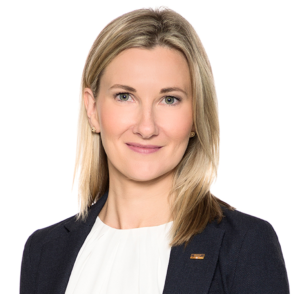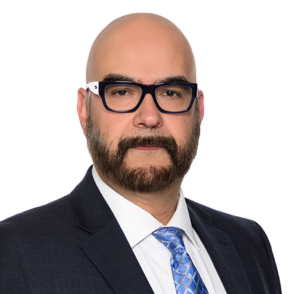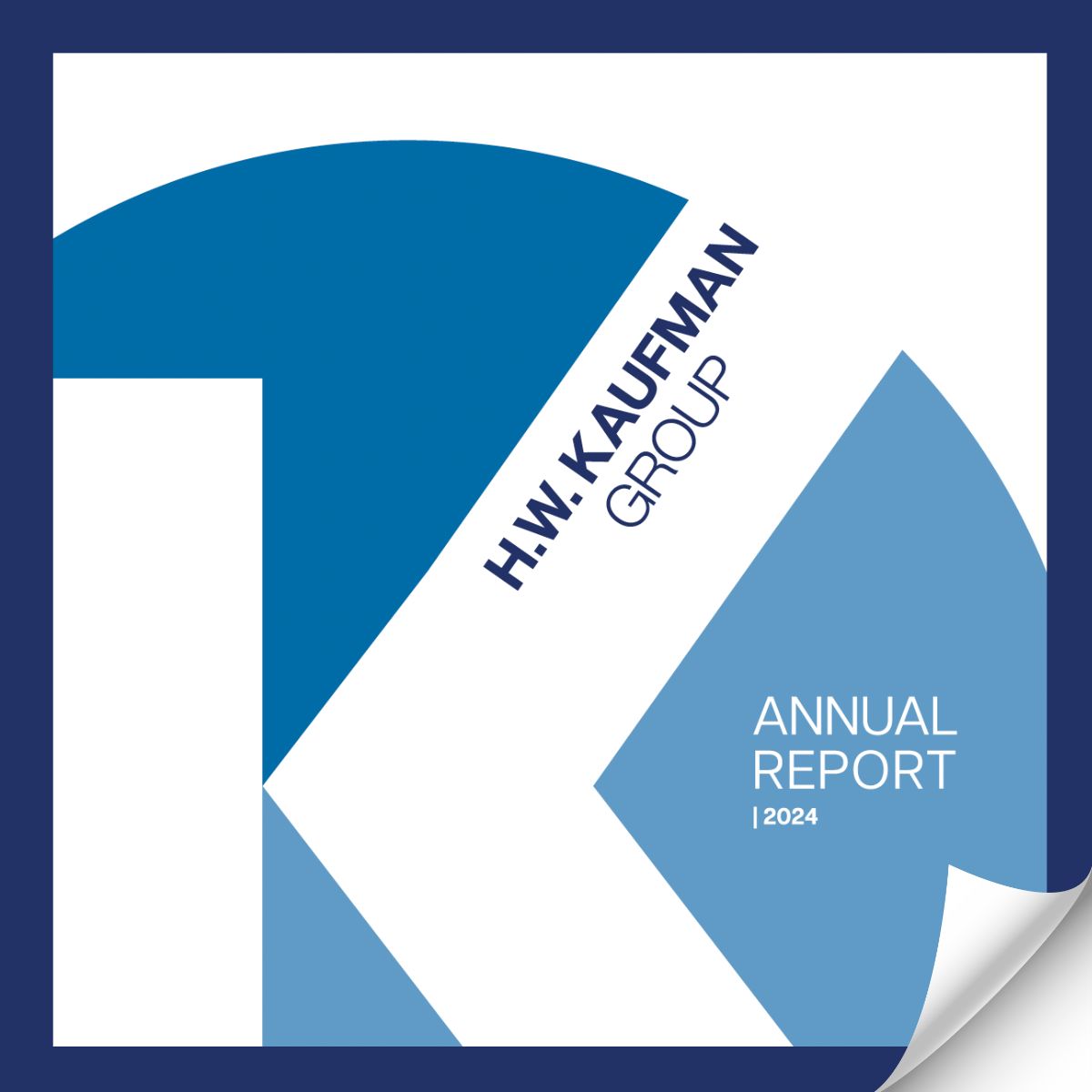Key Takeaways:
- A “softening hard market” is shaping the current landscape, with some sectors seeing rate relief. Inflation and underwriting discipline remain central themes.
- The E&S market continues to demonstrate significant growth. WSIA recently reported total surplus lines premium reached $46.2 billion for the first six months of 2025—a 13.2% increase over the same period in 2024.
- Property rates are easing in certain regions; however, CAT-weather events and inflation continue to drive strict underwriting.
- Casualty markets face ongoing rate pressure, with Transportation under remediation and creative solutions like quota share placements and alternative risk transfer supporting capacity.
- Professional Liability remains competitive, with capacity generally available; however, hard areas persist in sectors like Healthcare Liability.
- Claims costs are rising due to inflation, litigation, and economic uncertainty, making proactive risk management and close collaboration critical.
- AI and technology are transforming underwriting and claims, improving efficiency but introducing new exposures. The human element remains essential for complex decision-making and maintaining trust.
INTRODUCTION
There is an emerging new term to describe the Property & Casualty (P&C) environment today: a “softening hard market.” This refers to the fact that some lines of business, such as Property, show signs of moderation, while most Casualty sectors remain firm and Professional Liability Insurance lines are competitive.
While every sector is different, recent industry conferences support this “softening hard market” perspective. For example, the Wholesale & Specialty Insurance Association (WSIA) Annual Marketplace report revealed that total surplus lines premium reached $46.2 billion for the first six months of 2025—a 13.2% increase over the first six months of 2024.
Chatter from the Monte Carlo Rendezvous Reinsurance Briefing in September suggests a softening hard market exists in the reinsurance sector as well. Experts anticipate near-term stabilization in reinsurance with modest restructuring of treaties and rates likely to continue to rise, albeit at a muted pace.
This Q4 P&C report outlines an increased market focus on Excess & Surplus (E&S), including developments at the state regulatory level, and examines the ongoing impact of artificial intelligence (AI) and technological innovation across the industry. Throughout this report, you will find in-depth analysis and timely updates across Commercial, Personal, and Professional Liability Insurance—including evolving trends in Property, Casualty, Cannabis, Habitational, Hospitality, and more.
Increased Regulatory Attention
The growth of the E&S market is drawing increased attention from some state insurance commissioners. While it is too early to determine the impact on rates and capacity, this is a trend worth monitoring in the coming months.
A September 2025 article in Insurance Insider highlights this development, noting that varying state-level strategies could complicate compliance. For example, Florida recently removed its Diligent Effort Rule, allowing brokers and agents easier access to the E&S market. In contrast, New York’s per-risk search mandates continue to hamper the flow of E&S business.
AI & Technology
The ability of AI to automate certain processes and information is now embedded in the P&C market. However, AI is not making coverage decisions or eliminating the need for human underwriters. Insurance professionals continue to make policy-related decisions, supported by access to more timely and detailed information than ever before.
When implemented effectively, AI provides a more efficient experience for both clients and industry professionals. Many online and cloud-based tools now support the need for convenience, from the use of e-signatures to speed up the process of finalizing coverage, to more effective and timely collection of client data. For example, email-based submissions with multiple attachments are being replaced by highly efficient, API-driven platforms. Burns & Wilcox is at the forefront of these technological transformations, designed to improve turnaround times and ensure quality data collection strategies.
Additionally, a traditional policy within any Liability lines can encounter several issues when it comes to a claim due to autonomous equipment. Such errors can include software glitches or a “bad” algorithm. Deciding who was negligent or at fault becomes more difficult when AI and other advanced technologies are involved. We will keep an eye on this space as the broader Professional Liability marketplace addresses these emerging exposures.
RATES
The general view of rates has not changed much in the last quarter, but the “softening hard market” seems to be the most appropriate definition. Rate variability is largely based on the type of coverage, with some stressed segments experiencing higher increases.
Premiums rise for many reasons, including standard inflationary trends, similar to the price of other goods and services. Other sectors, such as Cyber, may see slight decreases.
Howden Re recently confirmed that “hard market softening” is occurring within reinsurance as well, depending on local market trends.
CAPACITY
Market conditions vary, but there are signs that capacity is more readily available in several sectors now than in recent years. For most insureds, capacity does not seem to be an issue outside of challenging areas such as Liability related to Liquor, Assault & Battery, and Firearms. Still, the rates and terms and conditions available in policies will vary, giving brokers and agents opportunities to garner increased trust from new and renewing clients when working with Burns & Wilcox.
TERMS & CONDITIONS (T&C)
Terms & Conditions (T&C) have generally stabilized across the market after several years of increased underwriting discipline. Given this recent trend, it is unlikely that T&C will significantly loosen in the Property & Casualty sector.
For example, the Personal market is often experiencing higher deductibles for wind, wildfire and all other perils (AOPs), along with stricter coverage terms and more scrutiny on property condition, roof age and wildfire/flood exposures.
There have been informal discussions among industry stakeholders about whether T&C language has become overly restrictive and whether any giveback could occur. It is too early to tell at this point. However, the expectation is that underwriting strategies will mostly remain disciplined for the foreseeable future. For example, underwriters often require higher deductibles with wind- and flood-related policies, and brokers and agents should expect that to continue.
Contributor: Paul G. Smith, Group Senior Vice President, H.W. Kaufman Group, New York, NY
Personal Insurance:
In Q3 2025, the Canadian Residential Property Insurance market showed continued resilience, with easing rate pressure and expanding capacity across both standard and specialty segments. While catastrophic (CAT) activity—particularly wildfires—remains a factor, overall property losses have been lower than expected.
Recent wildfires in Newfoundland are still being assessed and may affect the competitive rate environment in that region. However, the broader market has benefited from fewer high-impact claims. Many fires occurred in less populated or lower-value areas, and where claims did arise, revised deductibles, reduced coverages, and improved mitigation strategies (e.g., defensible space, fire-resistant materials) helped protect profitability.
As a result, competition has intensified across many provinces, including cautious re-entry into previously hard-hit or high-risk zones. In traditionally stable areas, pricing remains favorable and underwriting appetites have broadened, contributing to further softening—even in select higher-risk territories.
Standard insurers remain selective, but with reduced claim severity and lower-than-forecast CAT losses, non-renewal activity has slowed. This shift offers a reprieve to homeowners in exposed areas, especially those who have adopted mitigation strategies and can demonstrate strong risk management.
Despite signs of stabilization, challenges persist. Inflation and rising reconstruction costs continue to strain affordability and capacity in the standard market—particularly for homes with prior losses, custom construction, multiple lenders, or non-traditional usage (e.g., short-term rentals, co-ownership, home-based businesses).
As a result, demand for MGA and specialty market solutions remains strong and is expected to grow. Clients and brokers continue to seek flexible, creative coverage for properties outside the standard market’s appetite.
Looking ahead through year-end, we expect:
- Continued competitive pricing and increased capacity in low- and moderate-risk areas
- A more tempered, data-driven underwriting approach in high-risk regions, supported by lower-than-expected CAT losses
- Sustained demand for specialty market solutions to bridge gaps in the standard market
To support this evolving landscape, Burns & Wilcox is proud to launch a second specialty Homeowners’ product. This nationwide offering delivers broader coverage and competitive pricing for hard-to-place Personal risks—including those with elevated insured values, complex underwriting needs, or prior claims.
With two distinct new products now available this year, we are better equipped than ever to provide brokers with the tools and flexibility needed to succeed in a rapidly shifting Property Insurance market. Our underwriting team remains focused on delivering responsive, expert-driven solutions across all regions of Canada.
Contributor: Michelle Allemang, Manager, British Columbia, National Product Leader, Personal Insurance, Burns & Wilcox, Vancouver, BC
Commercial Insurance:
As we move into the final quarter of the year, the Canadian Commercial Insurance market remains defined by strong capacity and heightened competition. While standard carriers are increasingly open to writing more challenging risks, Burns & Wilcox remains a trusted partner for fast, flexible solutions tailored to complex and niche exposures.
We have broadened our product suite with several new, targeted programs designed for hard-to-place commercial businesses:
- Contractors: Built for small to mid-size contractors, this program features entry-level premiums starting at $450. Target classes include Landscapers, Janitors, Excavators, General Repair Specialists, Electricians, and others. Commercial General Liability (CGL) limits up to $5 million, with higher limits available upon request. New ventures are welcome.
- Hospitality: Comprehensive package policy, competitive pricing, Liquor up to 85%, Property capacity up to $15M. Enhanced commission incentive for October – December 2025.
- Security Services: CGL and Errors & Omissions (E&O) package policies for a range of services including Patrol & Guard, Alarm Installation, Locksmiths, and Bodyguards. Premiums begin at $850.
- Welders: Coverage includes Oil & Gas Contractors, Supervisors/Inspectors, Mobile Welders, and more. Premiums start at $1,190. CGL limits up to $5 million, with higher limits available upon request.
What differentiates these programs is our ability to offer competitive pricing, broad coverage, and direct underwriting authority—resulting in faster turnaround times and eliminating delays tied to Offer & Accept (O&A) markets or London placements.
We have also enhanced our endorsement options to include:
- Full sewer backup limits
- Property extensions such as building by-laws, extra expense, inflation protection, and glass coverage
- Casualty extensions including Employee Benefits, Product Recall, Sudden & Accidental Pollution, and E&O
- Add-on products for Cyber and Legal Expenses
Burns & Wilcox remains focused on delivering innovative products, competitive pricing strategies, and exceptional service—ensuring brokers receive timely, expert support to help them win and retain business in a dynamic market.
Contributor: Patricia Sheridan, Managing Director, Burns & Wilcox, Toronto, ON
Construction:
The Construction Insurance market is currently soft, with persistent downward pressure on rates and capacity. Concerns around tariffs and inflation are contributing to supply chain disruptions and rising material costs—factors that could significantly influence the Construction sector’s trajectory. We are closely monitoring these developments and evaluating their impact on evolving insurance needs.
In light of these challenges, our strong product portfolio and commitment to service excellence position Burns & Wilcox as the go-to partner for Construction risks of all sizes. We are also advancing our Builder’s Risk program to deliver greater value and flexibility for brokers and their clients.
Contributor: Steven Hrab, Director, Construction, Burns & Wilcox, Toronto, ON
Professional Liability:
The Professional Liability Insurance landscape in Canada continues to evolve in response to the persistent challenges of a soft market. Burns & Wilcox remains proactive by expanding partnerships with emerging markets and refining our offerings to better support our broking partners—both in coverage breadth and pricing flexibility.
Demand for customized solutions in Architects & Engineers (A&E) and Miscellaneous Errors & Omissions (E&O) remains strong. To meet these needs, we have strengthened partnerships with both established and new markets, allowing us to deliver more innovative and competitive solutions tailored to the unique risks professionals face. Our internal underwriting capabilities have been well received, particularly for their ability to enhance coverage comprehensiveness.
Additionally, we continue to see momentum in the health and wellness space, with new business opportunities emerging. Our commitment to delivering exceptional coverage remains unchanged, supported by both existing relationships and newly formed market alliances that allow us to maintain competitive pricing in today’s environment.
Contributor: Danion Beckford, Senior Underwriter, Professional Liability, Burns & Wilcox, Toronto, ON
Transportation Insurance:
As we enter Q4 2025, the Transportation market is showing greater stability, though regional capacity remains uneven and cross-border challenges continue to add complexity. Regulatory changes and cargo theft are expected to remain key issues that could influence pricing and underwriting decisions through year-end.
Insurers are sharpening their focus on data quality, placing a strong emphasis on fleet safety records, driver training, and the adoption of technologies such as telematics and predictive analytics. Insureds who demonstrate strong risk management are likely to secure more favorable terms as claims costs, particularly on high-value cargo, remain elevated.
The demand for flexible coverage solutions is expected to grow, especially among mid-sized fleets and cross-border operators. On-demand tools like Loadsure are gaining momentum, signaling a shift in the industry toward faster, tech-enabled solutions. Brokers and clients should anticipate continued emphasis on proactive risk management as a way to balance cost pressures heading into 2026.
Contributor: Fernando Batista, Manager, Transportation, Burns & Wilcox, Toronto, ON
Environmental Insurance:
The Canadian Environmental Impairment Liability (EIL) market is expected to remain soft through the end of 2025. The arrival of new MGAs in the Environmental sector has sustained downward pressure on pricing. Additionally, ongoing industry consolidation—through mergers, acquisitions, and financial distress—continues to affect contractors and, to a lesser extent, certain premises risks such as manufacturing and industrial operations.
Renewals are likely to face pricing pressure; however, strong broker-underwriter relationships will continue to support retention. While premium levels remain lean, there is cautious optimism around new business, especially for well-managed risks with clear underwriting narratives.
No major shifts are anticipated in overall market behavior this quarter. Underwriting remains selective, although there is a gradual expansion in capacity and an increasing openness to broader risk profiles. This measured growth reflects a collaborative effort to place business under demanding conditions.
The traditional Q4 surge began earlier than usual and is expected to carry through the remainder of the year. Rate compression will persist, but adaptive pricing and disciplined underwriting will help maintain placement stability.
Contributor: Karim Jaroudi, Manager, Environmental, Burns & Wilcox, Toronto, ON
LONDON MARKET UPDATE
Property
With the WSIA conference now behind us, it is clear that as the broader market continues to soften, London remains a vital partner. Coastal states are seeing notable rate reductions, with Florida and Louisiana experiencing the greatest competitive pressure. Thanks to the flexibility of London syndicates and company markets—who have adjusted terms and conditions—we remain both competitive and relevant in the current climate.
Close collaboration with our partners, coupled with strict underwriting discipline, will be critical in managing this downward trend. At Burns & Wilcox Global Solutions, we are actively exploring new opportunities across both Commercial and Personal Insurance to bolster our offerings and better support our retail partners.
Despite forecasts of an above-normal 2025 storm season, activity has been quieter than anticipated. While there are still a few weeks remaining before the season concludes, the lull so far suggests that rating levels will continue to deteriorate into 2026.
Contributor: Kerry Hall, Head of Burns & Wilcox Lloyd’s Products, Burns & Wilcox Global Solutions, London, UK
Excess Casualty
In Q4, rate pressure continues in London. Auto, in particular, remains a concern. While Haulage and Trucking have traditionally been the focus, the past year has seen underpriced fleets undergo rate remediation.
Creativity in solving problems for clients in London remains paramount, with continued development of alternative risk transfer (ART) and long-term structured deals—particularly in the Auto space—providing alternative means of obtaining capacity.
Claims costs continue to rise. Inflationary pressures, social inflation, litigation, and economic uncertainty all contribute to the backdrop of the current rate environment.
London and Bermuda markets are helping to fill capacity gaps through small but meaningful quota share placements. Additionally, new MGA capacity is demonstrating a creative and inventive approach to supporting more challenging risks, a trend expected to evolve further in 2026.
Contributor: Declan Durkan, Managing Director, Non-Marine, Burns & Wilcox Global Solutions, London, UK
CONCLUSION
Burns & Wilcox sees the “softening hard market” as an opportunity for brokers and agents to grow—particularly in hard-to-place sectors such as Hospitality, Habitational, and Healthcare. In these areas, the non-admitted market offers unmatched value through freedom of rate and form.
Fully completed submissions with detailed notes and photos remain critical to securing underwriter attention and favorable terms, often expediting negotiations. Any signs of moderation are tempered by the reality that terms and conditions remain strict. Capacity is available, but exclusions and deductibles are still common in challenged sectors. Brokers and agents should carefully review all policy language before finalizing coverage.
The P&C market remains unpredictable. Whether or not the Atlantic hurricane season brings significant damage, CAT season is effectively year-round, as seen with the January wildfires in Southern California. The admitted market tends to respond quickly to shifting conditions, while E&S is well-positioned to fill coverage gaps when standard options fall short. Recent events underscore the importance of having flexible solutions in place.
In summary, brokers and agents who are not working with Burns & Wilcox are missing out. The right wholesale partner brings expertise, creativity, and access to global solutions that help meet client needs—especially in a “softening hard market.”
Contributor: Paul G. Smith, Group Senior Vice President, H.W. Kaufman Group, New York, NY
Disclaimer: The above information has been prepared solely for the purpose of sharing general information regarding insurance and business practice management issues. These are just our opinions and are not intended to constitute legal advice or a determination on issues of coverage.


















